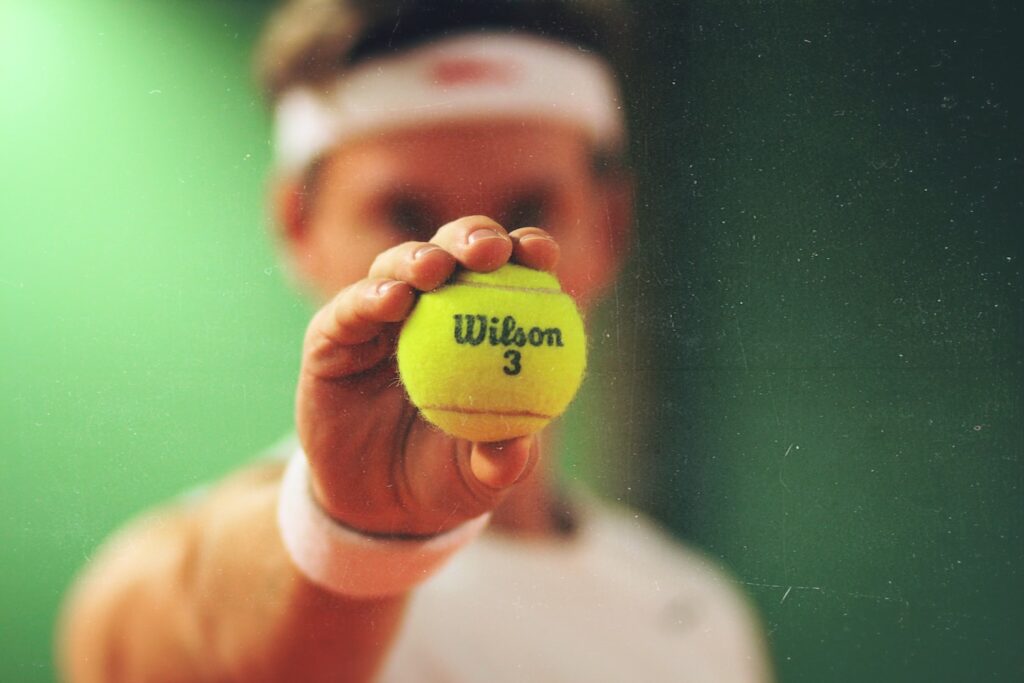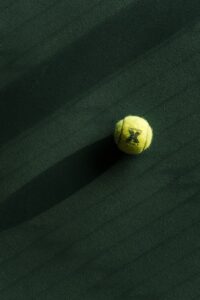Understanding the Key Differences between Padel Balls and Tennis Balls
3 min read
Understanding the Key Differences between Padel Balls and Tennis Balls
As a passionate padel player, I have often been asked about the fundamental differences between padel balls and tennis balls. While these two sports may seem similar in some ways, they are quite distinct when it comes to the type of ball used. So, in this article, I will break down the key dissimilarities between padel balls and tennis balls, shedding light on why each sport has its unique choice of ball.
The Size Matters
One of the most apparent distinctions between a padel ball and a tennis ball lies in their size. In comparison to a tennis ball, a padel ball is slightly smaller, which affects its behavior on the court.
The padel ball’s reduced size allows for improved control and maneuverability during a game. Whether you are executing a spin, a drop shot, or a powerful drive, the smaller size of the padel ball enables you to generate more accuracy and finesse on the court compared to tennis balls.
The Bounce Factor
When it comes to the bounce, padel balls and tennis balls show contrasting behavior as well. Padel balls are designed to have a lower bounce than tennis balls, crucial for the nature of the game.
The decreased bounce of padel balls means that they stay closer to the ground, resulting in a more dynamic and fast-paced game. This low bounce characteristic demands quicker reflexes, strategic shot placement, and greater anticipation from players. On the other hand, tennis balls with their higher bounce are more suitable for the longer rallies and increased aerial maneuvers in the game.
Core Composition
An often overlooked difference lies in the composition of the core of padel balls and tennis balls. While both are made of rubber, there are key variations that affect their playing characteristics.
Padel balls have a dense rubber core, which contributes to their lower bounce. This core design ensures a better connection with the racquet and more straightforward control. Conversely, tennis balls have a pressurized core, making them responsive to player strokes and providing a lively bounce.
Surface Material
Last but not least, the surface material of padel balls and tennis balls also sets them apart. Padel balls typically have a felt cover, similar to that of tennis balls. However, the felt on a padel ball is less fluffy and more durable, enabling it to withstand the abrasive surface of the padel court.
Tennis balls, on the other hand, have a fluffier felt cover, which helps with gripping the surface of a tennis court. This increased fluffiness allows tennis balls to generate more spin and control as they interact with the court surface more profoundly.
In Conclusion
So, there you have it! The key differences between padel balls and tennis balls boil down to their size, bounce, core composition, and surface material. These variations in design enable each sport to have its unique playing experience.
Whether you are a padel enthusiast or a tennis aficionado, understanding these differences will undoubtedly help you appreciate the finer nuances of the game. So, next time you step onto the court, keep in mind how the padel ball tennis ball distinction affects your gameplay, and adjust your strategies accordingly!






